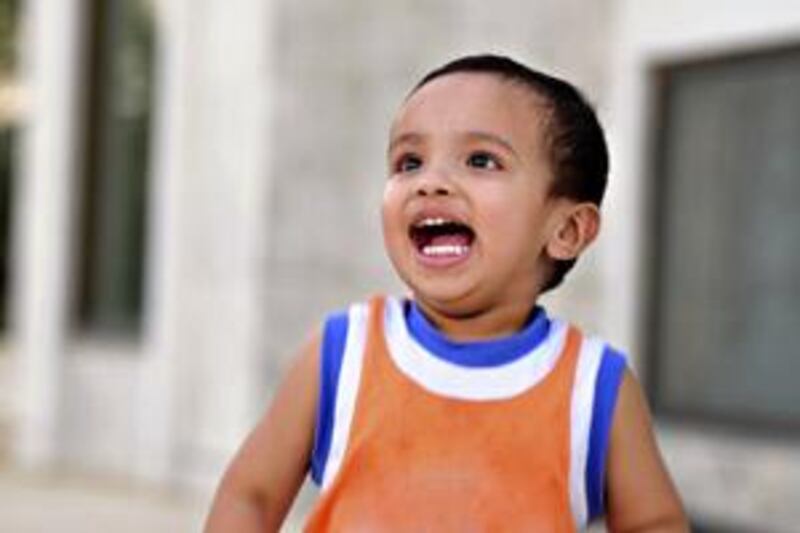Life used to be so simple. I remember when I was about six years old, one of my baby teeth dropped out. I put it under my pillow and went to sleep. Overnight, the tooth fairy - actually my father - appeared and replaced it with a coin. It is a custom that is part of many childhoods, but it could soon be about to change. In 2000, a scientist in the United States called Songtao Shi discovered stem cells in baby teeth. Also known as deciduous teeth or milk teeth, this first set of teeth appears at some point during a child's first year. This set will eventually drop out and permanent teeth will grow in their place, usually when a child is between six and 12 years old.
Stem cells, meanwhile, are cells that can renew themselves by dividing. They can, under certain conditions, be used to create other specialised cells. For example, chondrocytes can make cartilage and adipocytes can make tendons. If treated and stored correctly, the stem cells from baby teeth have the potential to cure a wide range of problems later in life. For example, if Astrid injures one of her joints or tendons playing football or running when she is older, the stem cells harvested from her baby teeth could be used to fix her up again.
There are two big problems. One is money. Only one company offers this service in the UK: BioEden charges £950 (Dh5,676) to process the teeth and £90 (Dh538) per year to store them. It is not an unreasonable sum for such remarkable benefits, but the other problem is that the process is unproven. Not until the first child who is subscribed to the scheme develops a problem of some kind and is cured using the stem cells harvested from his or her baby teeth can it be said to work. It will take years of research and tests for the method be vindicated or disproved.
Parenting is full of decisions. From the early stages of pregnancy to the last moments of teenage years and beyond, parents have to decide all sorts of stuff on behalf of and in conjunction with their children. Science is injecting new fervour into these decisions in myriad ways. My main problem with groundbreaking science packaged in this way to make a profit is that it preys on fear. Like insurance and pensions, it uses the promise of protecting you against something that might happen in the future to make you spend money today. The effect is amplified because it concerns your children rather than yourself.
Astrid's first tooth arrived a few weeks ago. It will be a few years before they start to drop out. Perhaps by then, my role as tooth fairy will have become more clear. I have been away for a week and I have missed Astrid a lot. But did she miss me? I was a bit worried she might not recognise me or remember me, even though I had only been gone for a few days. When I turned up again, she seemed happy to see me and gave me a big smile.
Moments like this highlight how Astrid has not yet been inculcated into the system of time. Seconds, minutes, hours, days, months, years, these units mean nothing to her. I had been gone for a few days, but how long had I been gone for her? Time does not come into it. For her, life is a binary proposition: she is awake or not awake; she is happy or not happy; she is hungry or not hungry; I am there or not there.
For many people, the past stretches out behind them, the future lays itself in front of them and the split second between is referred to as the present. The present is often seen as a result of a chain of events, a series of stories if you like, that have brought us to this point, often referred to as now. Time gives us this impression. In reality, what you do now influences how you view what went before. The past is the result of the present.
For Astrid, there is only the present, there is only now. It is a refreshing way of looking at life and a reminder to make the most of every moment. Long may it continue.





